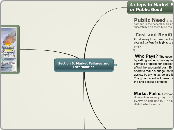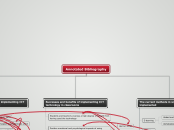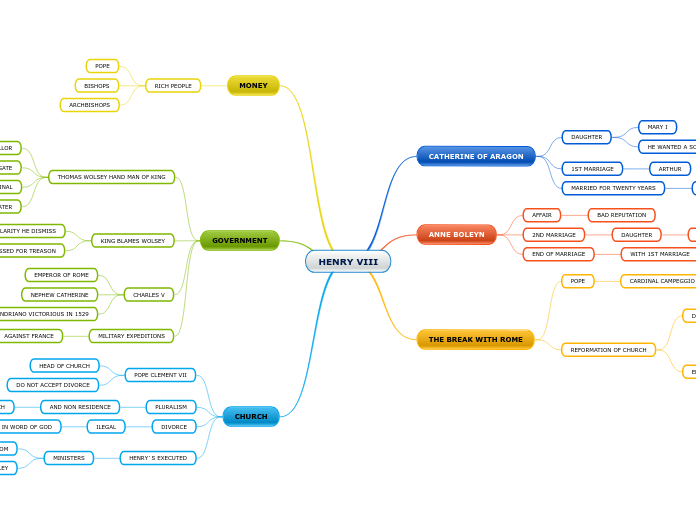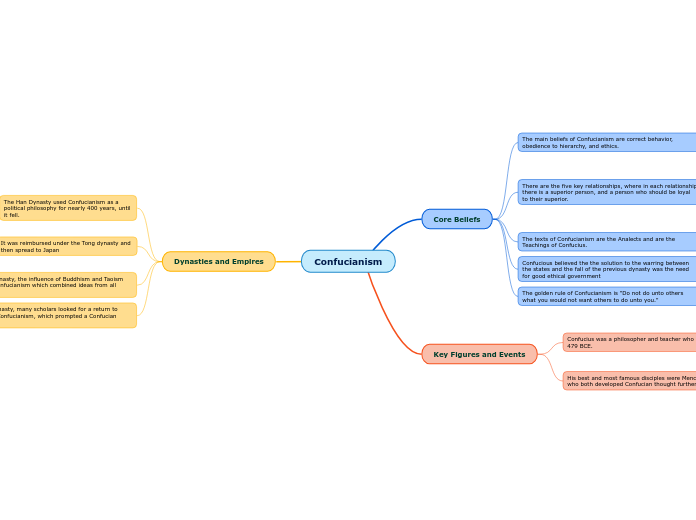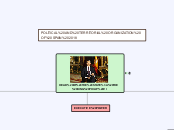a Brian Cox 13 éve
875
Section 3: Market Failures and Externalities
In economics, market failures occur when free markets fail to allocate resources efficiently, often requiring government intervention to correct the imbalance. Public goods, which are non-excludable and non-rivalrous, exemplify such failures.
